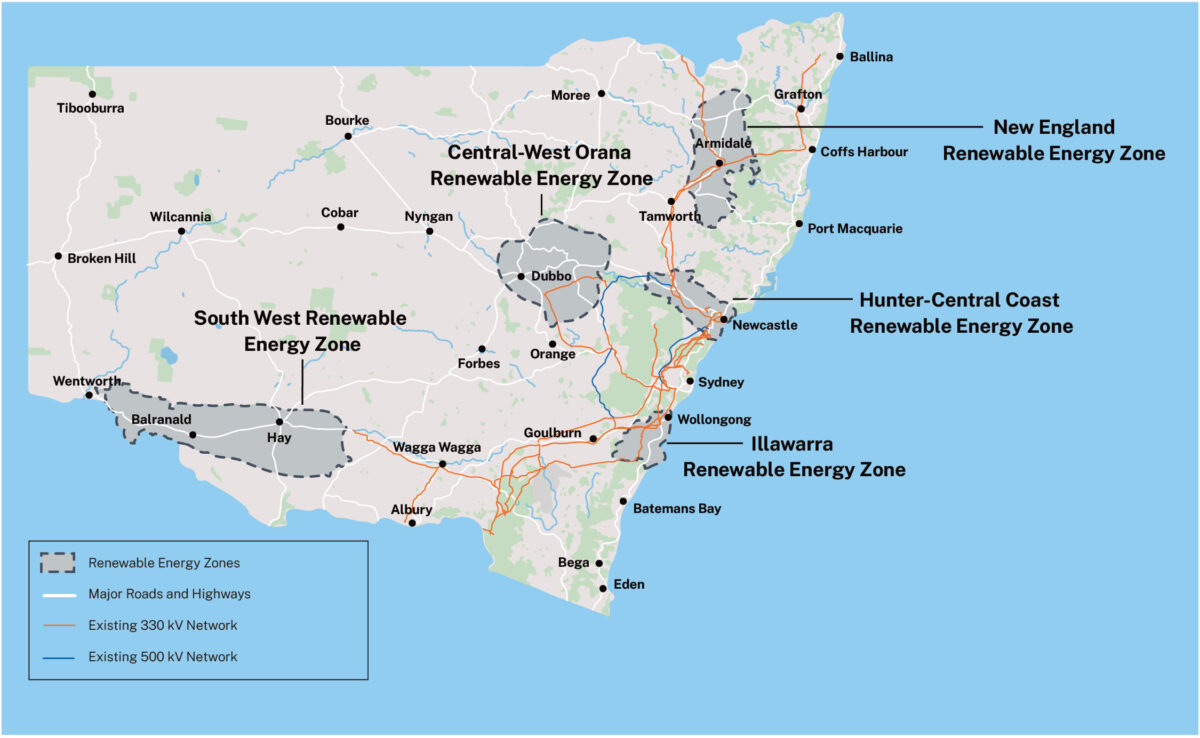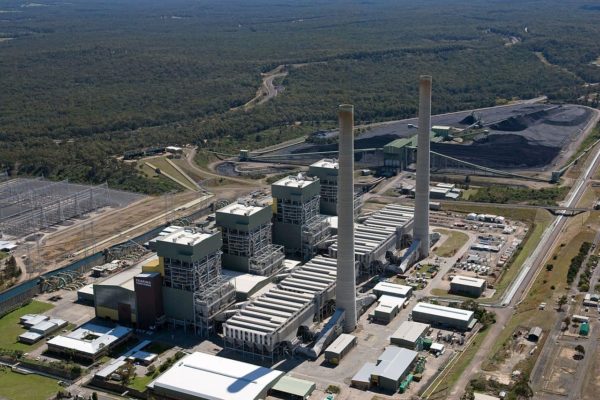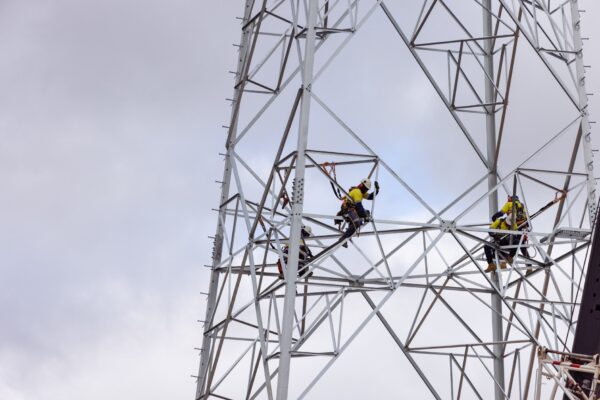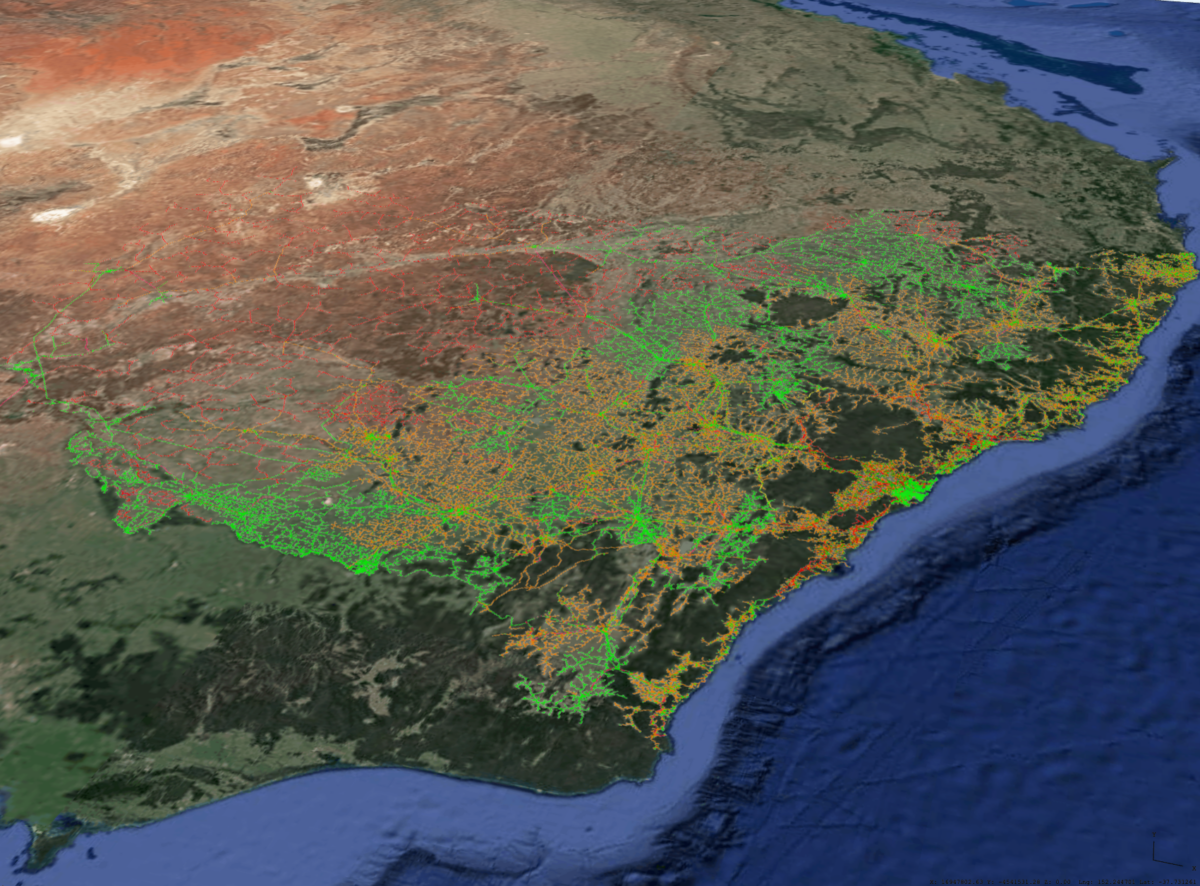When the New South Wales (NSW) Electricity Infrastructure Roadmap was published in 2020, Australia was at a very different place with its energy transition rhetoric. For renewable industries, the Roadmap became something of a lighthouse – a beacon of strong energy transition policy in sprawling darkness.
Now, three years later, the nation is looking more like a dog that caught the mail truck – so much energy has been drawn into advocating for policy that figuring out how to actually execute it has taken a backseat.
“Really the only strategy that was put forward is building Renewable Energy Zones and then building large transmission projects to connect them,” Jack Curtis, cofounder of technology startup Neara, tells pv magazine Australia. “We’ve started to see really the first challenges of executing that ambition.”
Those challenges were laid out earlier this month with the publication of the NSW Electricity Checkup, undertaken by the state’s new Labor government to assess the progress of the state’s original Roadmap. “It’s become very clear that the five Renewable Energy Zones that NSW thought would get us there, will not get us there on time, definitely not on budget, and definitely not in a way that navigates the whole social license thing particularly cleanly.”
This issue is not contained to NSW either, since virtually all Australian governments have similarly designed policies. “Everybody realises that no energy transition policy in this country, whether state or federal, is going to be realised with the current strategies,” Curtis says, adding that these strategies are not totally impotent, but rather inadequate to reach our decarbonisation commitments.

Image: EnergyCo
“At the time the new [NSW] government came into power, that was starting to really reach a crescendo where all throughout the industry there was pretty much a view that there was no way it was going to get there.”
While headlines on the NSW Checkup report focussed on the possible extension of Eraring, Australia’s biggest coal plant, the report also advised the government to better leverage the state’s existing electricity transmission networks, alongside distributed energy resources like household solar and battery systems.

Image: Origin Energy
For Curtis, this marks a crucial shift in thinking away from the traditional ‘big projects, big transmission, big numbers,’ into a more nuanced approach that includes working better with the infrastructure we already have.
Neara recently worked with NSW network Essential Energy to digitally model and analyse its network at a granular level to uncover how much more capacity it could carry. This ‘digital twin’ system is able to run millions of simulations on things like individual power line heat ratings, which dictates how much electricity power lines can carry, and ultimately identified the network could carry far more electricity without having to change any physical infrastructure.
’10 GW probably achievable without any meaningful investment’
Looking beyond Essential Energy’s network, Curtis says Australia’s existing grid has 10 GW of untapped network capacity available right now.
“That 10 GW number is probably achievable without any meaningful incremental cost investment,” he adds.

Image: ElectraNet
That number, Curtis says, has the potential to double again with strategic investment in network augmentation on the existing grid. That 20 GW figure, he adds, is still to be validated but Curtis doesn’t think it’s hyperbolic goal. Moreover, he says the cost of efficient augmentation would be “far, far, far lower than building new transmission or keeping coal plants online.”
“What you end up with is a bit of a sliding scale,” he adds, noting the more you spend, the more you unlock. “But I think there’s a long way to go before you match up the existing network at a cost profile that is greater than the cost of building new infrastructure and transmission lines.”
Potential only made clear in the past six to nine months
It is only this year, 2023, that the existing grid’s potential has been made visible. This is because technologies capable of digitally modelling electrical infrastructure have now become commercially available and, more importantly, networks have actually begun leveraging and drawing insights from those tools and data.
As Curtis outlines, digital modelling isn’t about making a visual model, but one that can simulate everything in the existing network behaviourally, mechanically, and physically. With this, networks are able to run complex simulations to figure out what the fully-utilised version of their networks looks like for the first time.
For such new technology, Curtis says it has already seen enormous uptake. “In NSW, now 99% of distribution network is digitally modelled,” he says.
This modelling is happening in all states “to one degree or another,” he adds. Victorian networks Citipower and Powercor are “very engaged,” as is SA Power Networks in South Australia and Western Power in Western Australia.
“I think at this point I would say like 60% to 70% of market is very proactive,” the other 20% is “committed” and only a small minority is hesitant, Curtis says.
It is this reportedly significant uptake from networks themselves that Curtis believes has enabled governments like NSW Labor to feel solid about shifting its strategy focus.
State to federal
According to Curtis, it’s only a matter of time until leveraging existing networks becomes understood as an important climate strategy Australia-wide. “It’s only in the last couple of months that the NSW state government [has begun discussing this] and that’s only because they had a very specific initiative focussed on consulting with industry.”
“I don’t think it’s going to take much time for this to roll up to a federal level.”

Image: Darren Edwards
Implications for the broader transmission debate and DER
In April, Dr Gabrielle Kuiper, a director of the Superpower Institute, wrote a piece entitled ‘Dead duck curve: Rooftop solar saturation can be big win for consumers and grid.’ In it, she drew on modelling from ITP Renewables and essentially found that rooftop solar coupled with local battery storage massively decreases peak demand on the grid, undercutting the case for big transmission investments.
Like many industry players and analysts pv magazine Australia speaks to, Curtis believes there should be much more focus on deploying distributed energy resources (DER) rather than continuing to be informed by the centralised power systems of old (that is, big generation, big transmission).
“It’s almost like a weird kind of inverse correlation where the cheapest, most cost effective way of doing it is behind-the-meter but its the hardest for people to compute; its the hardest for people to aggregate to real large numbers. So they default to ‘ok, build big transmission, big centralised projects, that can get us the big numbers,’” Curtis says. Big projects are more complex to rollout than small-scale from both a time and cost perspective, but this approach continues to dominate because it’s much easier to conceptualise how it can be executed, he adds.
On the other hand, there is a lot of complexity in aggregating and optimising DER it at a high level because it is an amalgamation of hundreds of thousands of generating assets. “But the potential of it is greater than anything else and should replace the need for large centralised projects and large transmission to connect those projects.”
This content is protected by copyright and may not be reused. If you want to cooperate with us and would like to reuse some of our content, please contact: editors@pv-magazine.com.









By submitting this form you agree to pv magazine using your data for the purposes of publishing your comment.
Your personal data will only be disclosed or otherwise transmitted to third parties for the purposes of spam filtering or if this is necessary for technical maintenance of the website. Any other transfer to third parties will not take place unless this is justified on the basis of applicable data protection regulations or if pv magazine is legally obliged to do so.
You may revoke this consent at any time with effect for the future, in which case your personal data will be deleted immediately. Otherwise, your data will be deleted if pv magazine has processed your request or the purpose of data storage is fulfilled.
Further information on data privacy can be found in our Data Protection Policy.